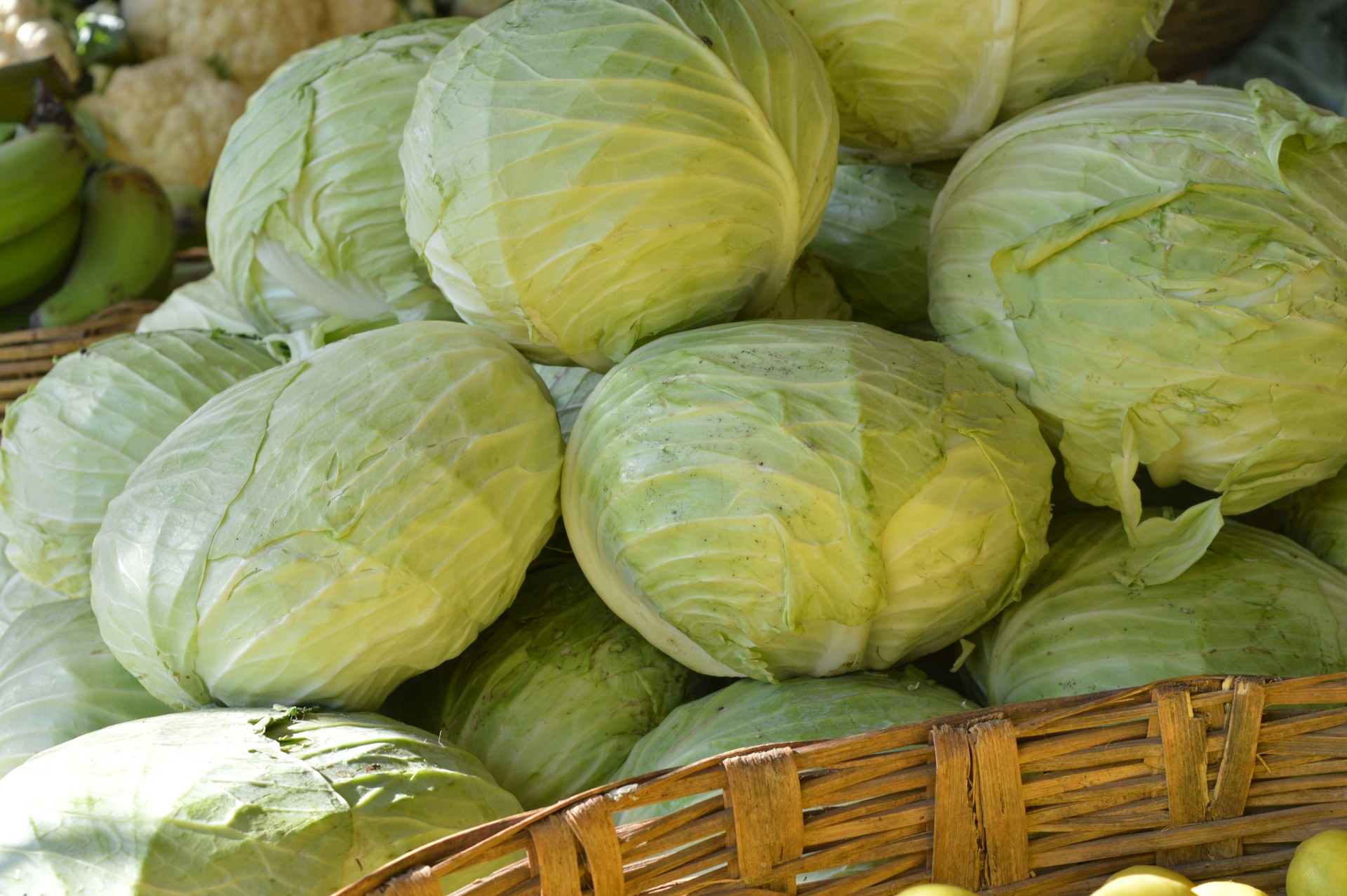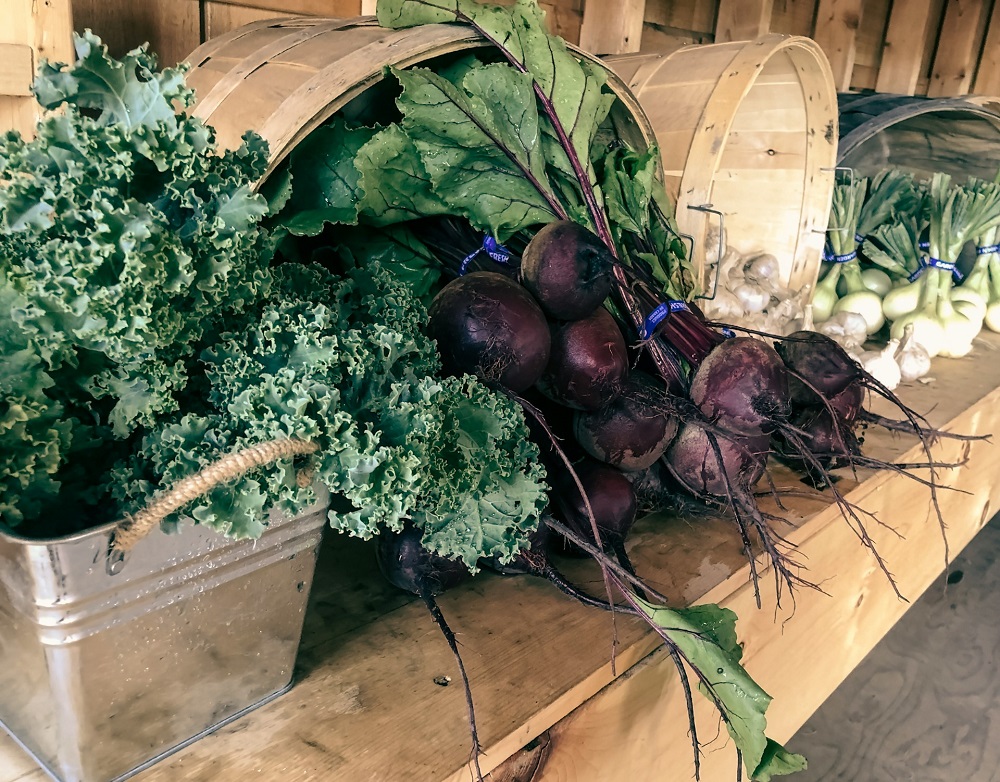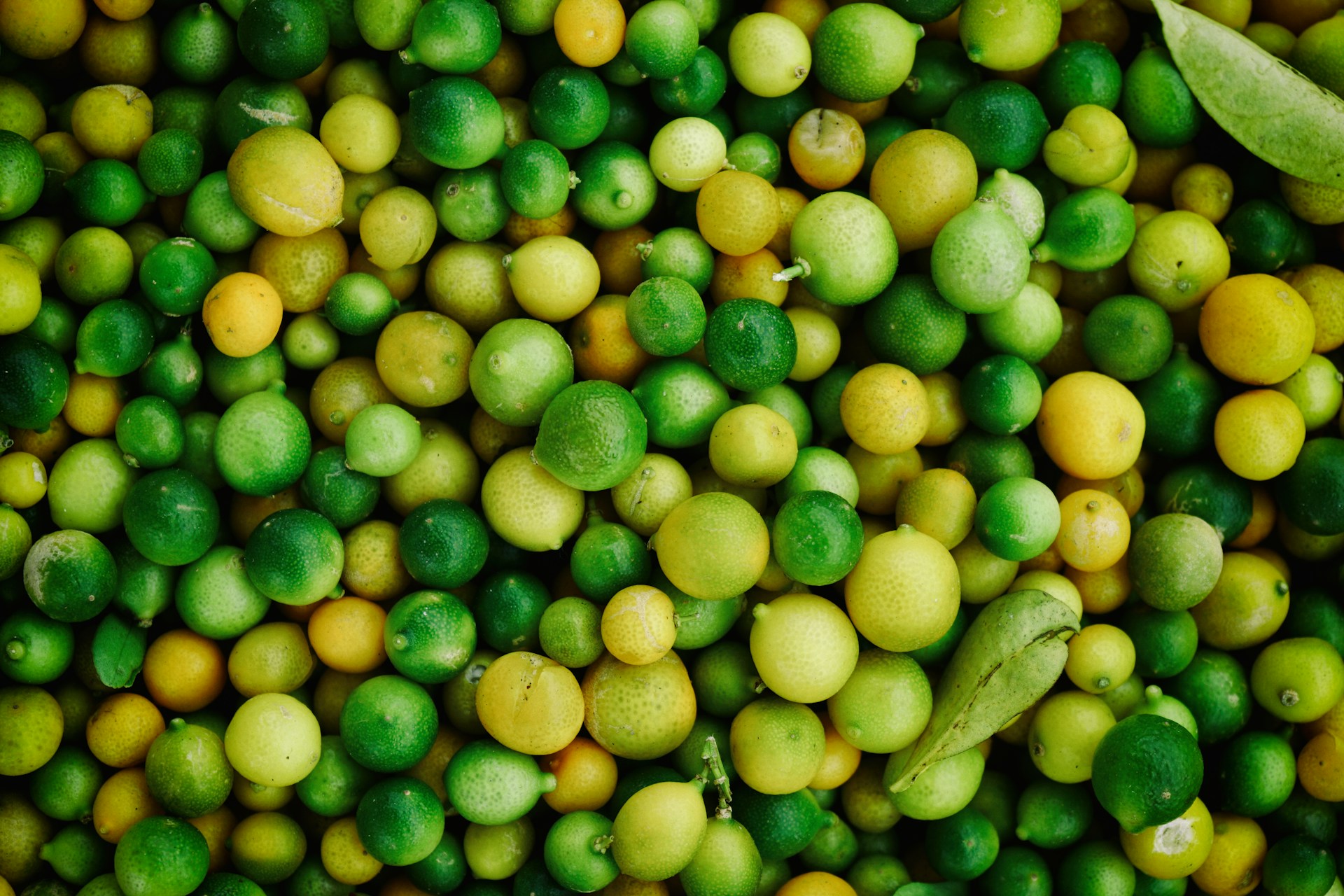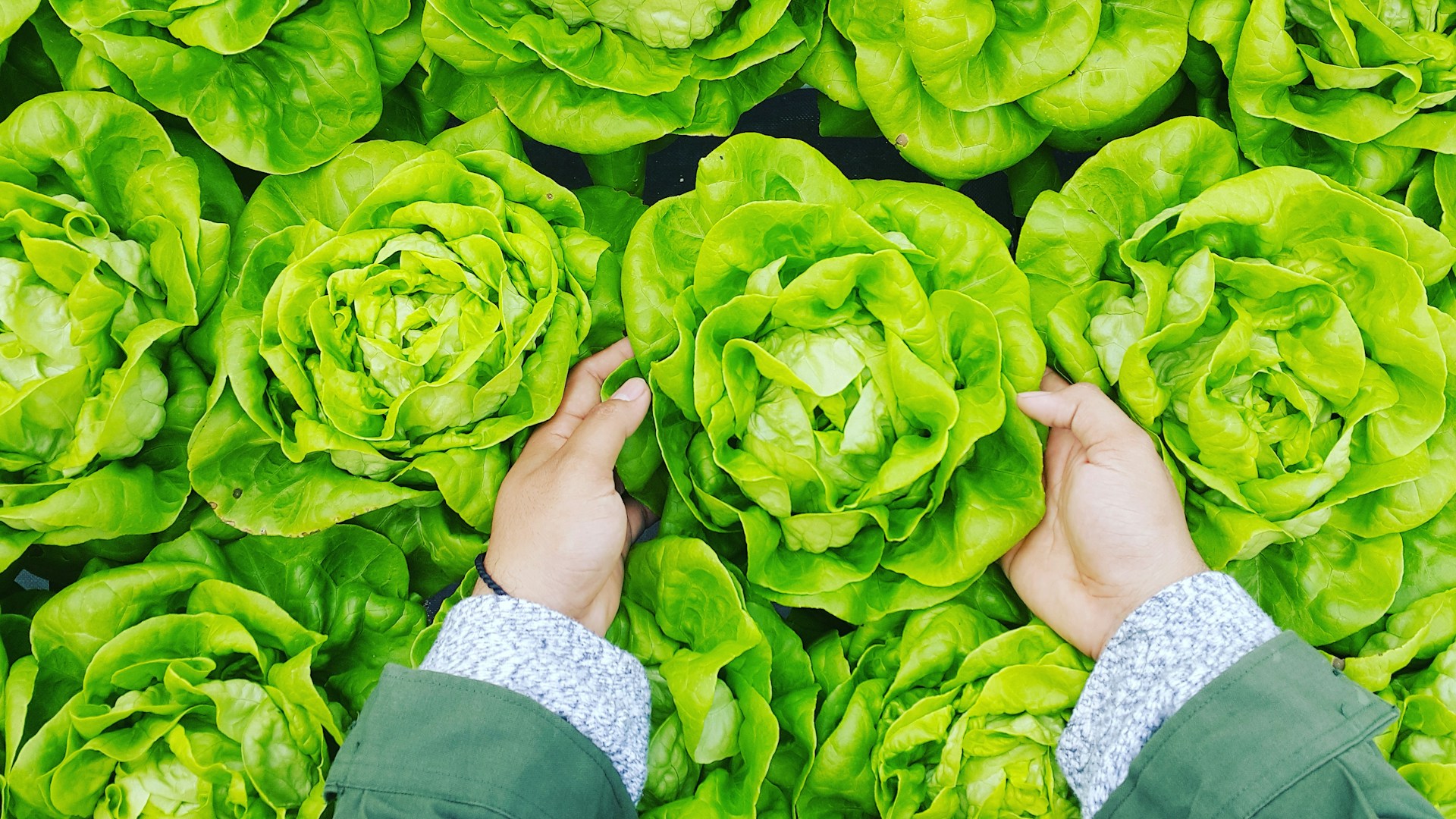Traceability within the realm of produce distribution has become a vital requirement in the modern food supply chain.
It plays an indispensable role in ensuring food safety, quality, and consistency.
Implementing full traceability can be a complex process, yet it remains a critical component for every reputable distributor.
This not only guarantees compliance with industry regulations but also gives customers confidence in the products they consume.
In an era of heightened consumer awareness and stringent regulations, transparency in supply chains is paramount.
The following steps aim to elucidate a robust path to achieve complete traceability in produce distribution.
Contents
- Steps For Full Traceability In Produce Distribution
- 1. Register farming and production process details
- 2. Document Harvesting Data and Time
- 3. Record Post-Harvest Treatment and Storage Conditions.
- 4. Track Produce During In-Farm Transportation.
- 5. Log all outgoing shipment details.
- 6. Trace Route During External Transportation
- 7. Document produce reception at distribution center.
- 8. Track Produce Through Processing or Packaging
- 9. Monitor and Record Retail Handling and Display
- 10. Implement customer feedback and recall system.
- The Bottom Line
Steps For Full Traceability In Produce Distribution
1. Register farming and production process details
The initial step in establishing complete traceability in the distribution of produce begins with accurately recording farming and production process details.
This action is crucial because it forms the foundation on which the successive steps of tracking and tracing are built.
To comprehend this process, it’s important to understand that farming and production involve a multitude of interconnected tasks that need to be documented in detail.
For instance, planting details including the type of seeds used, planting date, and location need to be registered.
Subsequently, the methods and timing of irrigation, pesticide and fertilizer application, and other farming practices should be documented too.
The objective is to develop a thorough database of all information related to the cultivation of the produce.
The process of registration should also include the date, time, and method of harvest, as these factors can significantly influence the quality and longevity of the harvested produce.
Post-harvest, the journey of the produce from the farm to the consumer needs to be meticulously tracked.
This involves specifics of post-harvest treatment, storage, transportation, and handling at various stages of distribution, which are identified, recorded, and updated in real-time.
Information on all intermediate storage and intermediate handlers also needs to be documented.
This detailed documentation helps in real-time tracking of the produce and also aids in efficient product recall, if required.
The registered farming and production process details become a comprehensive resource, enabling the scrutiny of every link in the supply chain.
This helps in identifying any lapses or loopholes, ensuring accountability and transparency in the process.
Thus, a robust system of registering farming and production details helps in maintaining the integrity of the produce and enhances confidence among consumers regarding the safety and quality of the food they consume.
Moreover, it fulfills legal and regulatory compliance requirements and can serve as an invaluable tool in the case of produce-related issues or disputes.
In the end, it provides a solid foundation for the full traceability in the produce distribution chain, ensuring the safety, quality, and accountability in the entire process.
2. Document Harvesting Data and Time
The harvesting process is a critical phase in the life cycle of produce and documenting its data and time is imperative in ensuring full traceability in produce distribution.
This process involves capturing crucial data such as the type of produce, the quantity harvested, the location of the farm, and the specific time of harvest.
Another key aspect of the documentation includes labor details such as the number of laborers involved and their identification details.
The comprehensive documentation of the harvesting data and time forms the foundation for an efficient traceability process.
Besides, this information is instrumental in tracking the produce from the farm to the final consumer.
One significant purpose of this documentation is to ensure that the produce is safe for consumption and meets the expected quality standards.
It provides an avenue for intervention in case of any detected anomalies from the standard harvesting procedures.
In the case of a recall, this information is vital in identifying the batch of produce affected and isolating it instantly.
Accurate documentation of harvesting data and time builds consumer trust in the produce and upholds the farm’s reputation.
It enables farmers to validate their products and maintain an accurate inventory.
The benefits of proper record-keeping during harvesting extend beyond the farm to include intermediaries such as distributors and retailers who need this information for their logistical operations.
There are numerous tools that make this record-keeping process seamless including spreadsheets, harvesting software and specialized Agricultural Technology (AgTech) platforms
These tools efficiently capture and securely store the data reducing instances of data loss and misinterpretation.
However, irrespective of the method or tool used in documentation, the key point is to capture accurate, relevant data that supports complete traceability of the produce.
This data serves as an important point of reference during the next stages of the product’s life cycle which involves transportation, processing, packaging and distribution.
3. Record Post-Harvest Treatment and Storage Conditions.
Post-harvest treatment and storage conditions play a crucial role in the overall quality and safety of the produced goods.
Meticulous record-keeping of these treatments and conditions is essential for the total traceability in produce distribution.
This kind of record provides valuable data that could be used to enhance the farming and production process in the future.
By enabling the tracing back of any potential issues to their source, the overall quality of produce is enhanced, while losses due to spoilage or contamination are reduced.
Upon harvesting, the produce undergoes several treatments intended to extend its shelf-life, maintain its quality and ensure its safety for consumption.
These treatments may include washing, waxing, sterilizing, fumigating, refrigerating, or treating with various post-harvest protectants.
All details concerning these treatments must be accurately recorded, including the type of treatment, the date and time of application, and the concentration of substances used.
If multiple treatments are applied, the order in which they are administered should be documented as well.
The treatment records thus created serve as a complete log of interventions made to the produce post-harvest.
Along with the treatments, the conditions under which produce is stored after harvest significantly influence their quality and safety.
This too, requires equally scrupulous documentation.
The temperature, humidity, light conditions, and any other pertinent data relating to the storage conditions must be consistently recorded and monitored over time.
Such records can help identify optimal storage conditions, contribute to managing inventory, and increase efficiency in the distribution process.
Importantly, this record is an assurance to the buyers and consumers about the care and caution practiced in the handling of the produce from farm to shelf.
Maintaining these records is not just a good agricultural practice, but a mandate for compliance with several national and international food safety regulations.
Thus, recording post-harvest treatment and storage conditions forms a critical component in the full traceability in produce distribution.
4. Track Produce During In-Farm Transportation.
As part of the holistic approach towards full traceability in produce distribution, it is important to consider the critical window of in-farm transportation, where produce moves from the field to on-site storage facilities or directly to processing centers.
The ability to accurately track produce during this transportation stage can provide valuable insights that not only protect the integrity of the crops but also foster continuous improvement in handling practices.
This phase involves detailed data collection and documentation that capture every action and treatment that the produce undergoes during in-farm transit.
With the advent of digital technologies, real-time tracking during in-farm transportation has become feasible, which allows for immediate corrections in the case of any detected irregularities.
Typically, the tracking process in this stage involves barcoding or RFID tagging to identify each batch of produce and monitoring the transportation conditions using sensors.
Moreover, it is crucial to accurately record parameters such as the distance traveled, speed, and duration of transportation to assess potential impacts on the produce quality.
To make the whole process more transparent, all these recordings and data should be accessible in real-time to all stakeholders involved in the produce distribution process.
Not only does this maintain transparency and accountability, but it also allows for recall readiness, should any quality issues arise.
Importantly, tracking and documentation must be maintained even if the produce undergoes multiple rounds of in-farm transportation before reaching the storage or processing facilities.
Essentially, every time the produce is moved within the farm – whether it’s from the field to the washing area, or from the sorting station to storage – it should be categorized, tracked, and documented.
Equipped with this information, distributors can keep tabs on where the product has been, thereby enhancing the safety and quality of the produce.
Furthermore, the consistent practice of tracking produce during in-farm transportation helps breed consumer confidence and trust in the produce’s origin, handling, and quality.
Therefore, tracking the produce during in-farm transportation is a significant step in achieving full traceability and essentially contributes to the overall credibility of the produce distribution process.
It underscores the commitment suppliers have towards delivering exceptionally safe and high-quality produce to their consumers.
Given its importance, tracking during in-farm transportation should be a non-negotiable operational norm for every farm intending to achieve full traceability in produce distribution.
5. Log all outgoing shipment details.
The process of logging all outgoing shipment details forms an essential part of the step-by-step guide for full traceability in produce distribution.
Every bit of information pertaining to the produce as it leaves the farm or greenhouse should be meticulously recorded.
This includes details such as the parcel number, the quantity of the produce, the ethnicity or variation of the produce, the date and time of leaving the farm, the means of transportation, and the destination.
Moreover, details about the moisture content, temperature at which the produce was stored in the shipment, and the relative humidity should be adequately recorded.
In essence, the outgoing shipment logs should leave no doubt about any of the details related to the produce from the moment it leaves the farm till it reaches its destination.
This logging becomes particularly crucial when dealing with perishable items such as fruits and vegetables that require specific temperature and humidity conditions to maintain their freshness and nutritional value.
Not just that, this logging process is imperative to document any damages or quality issues that might occur during transportation, providing accountability and an ability to trace the root cause of the problem.
Keeping a comprehensive log of all outgoing shipment details not only maintains better quality control, but also builds trust and transparency with customers and stakeholders.
In order to achieve this, the logs must be updated promptly and accurately so that accurate measures could be taken if a problem arises.
These logs can be managed manually or by using digital record-keeping options such as a computer-based system or a mobile app that allows real-time updates.
Remember, failing to accurately document outgoing shipment details can result in confusion, potentially compromising the integrity of the produce and creating challenges in the traceability of produce.
An effective and efficient system for logging shipment details ensures that all the outgoing shipments are properly recorded, thereby facilitating streamlined operations and comprehensive traceability.
While logging all outgoing shipment details might seem like an extra chore, this step is instrumental in ensuring total accountability and providing a complete picture when tracing the journey of the produce.
In summary, logging outgoing shipment details is an integral and not-to-be-missed step in maintaining full traceability in produce distribution, making it a crucial measure of quality control, accountability, and trust in the produce distribution process.
6. Trace Route During External Transportation
In the farm-to-table supply chain process, tracing the route of the produce during external transportation is a critical step for full traceability in produce distribution.
The implementation of GPS and IoT technologies has enhanced the process of tracking the external transport routes of produce shipments.
These technologies enable real-time tracking of products, offering valuable insight into their current location and the conditions they are subjected to during the journey.
By providing precise route tracking, these technologies contribute significantly to ensuring the quality and safety of the produce being transported.
In addition to location tracking, some technologies can also monitor environmental conditions like temperature and humidity within the transportation vehicle, which is crucial for certain types of produce.
This can help identify any potential risks that may affect the quality of the products and take corrective measures in advance.
Moreover, tracing the route during external transportation plays a vital role in identifying the exact source of any issues regarding the quality or safety of the delivered produce.
This might include identifying points of contamination, mishandling, or delays that the product might have been subjected to during transportation.
All this information can be used to rectify any operational inefficiencies and enhance the overall traceability of the supply chain.
Such data is also valuable for auditing purposes; it can provide a clear trace of the produce’s journey and demonstrate the company’s compliance with food safety standards and regulations.
From a customer’s perspective, knowing that their food has been properly handled and transported can enhance the perceived value of the product and build trust in the brand.
Furthermore, in case of a product recall scenario, having a detailed trace of the transportation route can help quickly identify the batches that need to be recalled, minimizing the impact on consumers and your business.
Accurate route tracing during external transportation ultimately contributes to a more transparent, trustworthy, and efficient produce distribution system.
It is an indispensable step in achieving full traceability, ensuring the integrity, safety, and quality of the produce, from farm to table.
7. Document produce reception at distribution center.
The produce reception at distribution centers marks an important aspect of the traceability in produce distribution process.
Once a shipment arrives at the distribution center, it is essential to document specific details about the produce, such as type, quantity, quality and origin.
This is done to ensure the produce meets the required standards and is fit for further distribution and consumption.
Documenting the reception of produce at the distribution center not only ensures food safety and quality control but also enables the tracking of any issues back to their source.
Every piece of produce and batch received should have a unique identification code that links it with all its historical data collected during the farming and production process.
At the distribution center, this unique identification is used to access all previous steps, such as farming details, harvesting data and time, post-harvest treatment, in-farm transportation, and shipment details.
This integrated approach provides a comprehensive traceability solution that can be accessed instantaneously if a problem occurs.
Workers at the distribution center should be fully trained to handle the reception procedure correctly, ensuring all information is accurately recorded.
Moreover, having a standardized system for documenting reception data can help to streamline this process and draft statistical analysis that can be used as baselines for improvements.
Digital databases or specialized software are often used for efficient data management, allowing for real-time updates, easy retrieval of information, and better risk management.
It is essential to note that documentation must be maintained in a manner that is clear and accessible at every stage of the produce journey.
Most importantly, it supports transparency within the supply chain, providing consumers with valuable information about the produce they consume.
However, cumbersome as it might seem, meticulous documentation at the distribution center reception is crucial to maintaining the integrity of the traceability process.
Embracing technology and investing in training and equipment will not only simplify this process but will also ensure accuracy and enhance produce traceability.
8. Track Produce Through Processing or Packaging
When it comes to processing or packaging, it is crucial to effectively track the produce.
Ensuring traceability at this phase means taking into account several essential elements.
First and foremost, the lot codes are required to identify the batch of produce in processing or packaging.
The use of lot codes aids in tracking the product from its origin to its eventual placement in the market.
On top of this, the exact date and time of processing or packaging should be documented.
This information can be vital in case of a product recall as it can help point to any contamination issues that may have occurred during this stage.
Moreover, it’s important to record the processing or packaging location.
This piece of information can prove useful in cases where certain contamination issues are linked with a specific processing location.
Just as important is recording any pertinent details about the environment in which the processing or packaging took place.
Aspects such as temperature, cleanliness, and any potential disturbances should be carefully observed and noted down.
Not only does this ensure that the food safety standards are being met, but it also contributes to the full traceability of the produce.
Any chemical substances or treatments used during processing or packaging should also be thoroughly documented.
Keeping close tabs on these can help identify any possible triggers for a contamination in the produce.
If employees are involved in the processing or packaging of the produce, their identification details should be logged as well.
This way, if there are any issues, it’s possible to trace back to the person who might have been responsible.
Lastly, it is a good practice to incorporate a quality control check at the end of the processing or packaging stage.
This can involve visual inspections, weight checks, and in some cases, taste tests to ensure the produce maintains its quality.
9. Monitor and Record Retail Handling and Display
To ensure full traceability in produce distribution, it’s essential to closely monitor and record retail handling and display.
Remember, this is the final stage before the fruits or vegetables reach the consumer.
Each retailer must have processes in place to properly handle the received produce to maintain its quality and freshness. This involves adhering to appropriate temperatures, cleanliness practices, and diligent stock rotation methods.
Displaying the produce in a way that does not compromise its integrity is as important as the other steps in the supply chain.
Collecting accurate information regarding how the produce is handled and displayed in the retail environment is essential for effective traceability.
This data can provide insights into how well the retailer adheres to best practices for handling and can inform potential areas for improvement.
Through the recording of the handling and display procedures, businesses can ensure customers receive only the highest quality products.
But, simply having these records isn’t enough.
In the case of a product recall, these records must be accessible and easy to navigate.
This will expedite the identification of any potential issues, ultimately ensuring a quick and efficient recall process.
Moreover, this can also protect the retailer from potential reputation damage and financial loss.
In addition to this, the information collected can serve as a valuable resource for any ongoing or future quality control initiatives by identifying trends and patterns in product handling.
Unfortunately, oversight at this stage is often overlooked or undervalued in some companies.
This neglect can result in a weakened link in the chain of traceability and can jeopardize the quality and safety of the produce.
However, with strict diligence in monitoring and recording the handling and display of produce at the retail stage can ensure complete traceability from ‘farm to fork’.
Ultimately, this will fortify the credibility and trust between the retailer and their customers, driving up sales and ensuring customer loyalty.
10. Implement customer feedback and recall system.
Implementing a customer feedback and recall system plays a critical role in ensuring full traceability in produce distribution.
This process is essential because it helps to identify any possible issues that may have occurred during the distribution process.
Feedback from customers provides valuable insights into potential quality concerns that may require investigation and possibly recalling the produce.
Having real-time access to customer feedback allows for a swift response to any quality concerns, thereby enhancing the firm’s reputation for food safety and quality.
Moreover, feedback systems can also highlight measures needed to improve the distribution process, leading to enhanced product quality and customer satisfaction.
If a recall is necessary, the ability to trace the produce back through each stage of the distribution process is critical to identifying the source of the problem quickly.
A strategic recall system allows the company to effectively withdraw the affected produce from the market, ensuring the safety of consumers and maintaining the integrity of the company.
An efficient recall system can pinpoint the exact point in the distribution chain where the issue occurred; this helps to prevent a complete shutdown of the distribution process.
Regarding customer feedback, it is crucial to have a system that allows customers to easily report their experiences with the produce.
Whether it’s positive or negative, this feedback can provide valuable information on how the produce is treated throughout the distribution process.
Open communication platforms such as online review sites, social media, or direct customer service channels can be very effective in capturing customer feedback.
Regularly analyzing and acting on this feedback can lead to continuous improvements in the distribution process.
However, for the feedback and recall system to work effectively, it is vital to have clear, transparent communication with all stakeholders, including farmers, transportation providers, retail partners, and customers.
Fast and effective communication can help to prevent minor issues from becoming major problems.
Thus, implementing an efficient customer feedback and recall system is crucial for full traceability and enhancing the overall integrity and efficiency of produce distribution.
The Bottom Line
Carefully monitoring and documenting each step of the farming and production process, from seed to store, is critical in ensuring both product quality and safety.
By implementing measures to track and record every detail – from harvesting data and in-farm transportation, through to retail handling and customer feedback – businesses can optimise their operations, ensure thorough traceability, and maintain the utmost in customer confidence.
Observing these protocols is not simply beneficial, but a vital element in the journey towards a more sustainable and transparent food supply chain.




